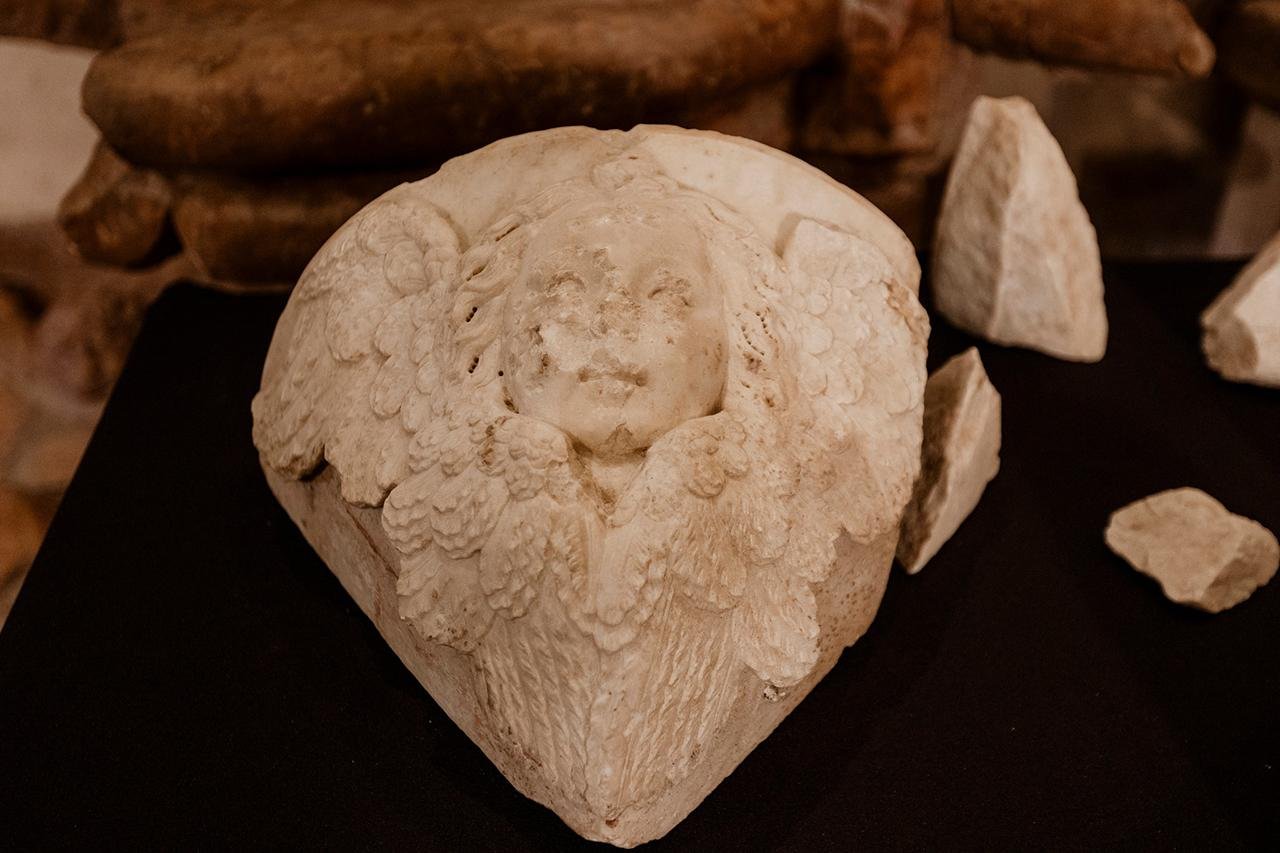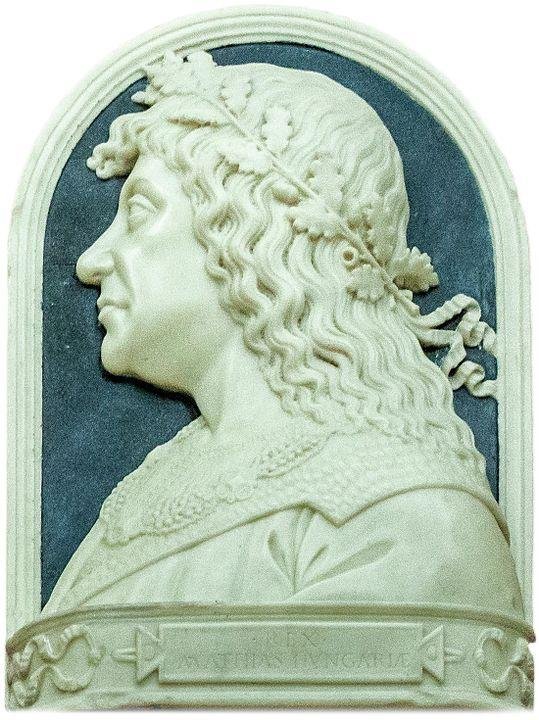A pair of cherub sculptures attributed to the Renaissance master Benedetto da Maiano has been uncovered at Visegrád Castle in Hungary. This significant find illuminates the cultural and artistic exchanges between Hungary and Italy during the reign of King Matthias Corvinus in the 15th century.
 Cherub made by Benedetto di Maiano from high altar. Credit: Visegrád Reneszánsza/Facebook
Cherub made by Benedetto di Maiano from high altar. Credit: Visegrád Reneszánsza/Facebook
Visegrád, a historic town in Pest County, north of Budapest, houses the remnants of an Early Renaissance palace commissioned by Matthias Corvinus and a medieval citadel. The recent excavations took place near a Franciscan monastery adjacent to the royal palace, revealing an exquisitely carved pair of cherub heads with angelic wings. These artifacts date back to the 15th century and were part of an altar believed to have been created by Benedetto da Maiano.
Benedetto da Maiano, born in 1442 in Tuscany, was an influential Italian sculptor renowned for his detailed and expressive works in wood and marble. His notable creations include the marble pulpit in the Santa Croce in Florence and the shrine dedicated to San Savino for the cathedral of Faenza.
According to biographer Giorgio Vasari, Benedetto received commissions from European royalty, including King Matthias of Hungary, who invited him to Buda to deliver a pair of inlaid coffers. Unfortunately, during the voyage, sea water damaged the coffers, leading Benedetto to shift his focus from wood to marble.
 Benedetto da Maiano’s marble relief of King Matthias from the “double portrait”. Credit: Wikipedia
Benedetto da Maiano’s marble relief of King Matthias from the “double portrait”. Credit: Wikipedia
The discovery of the cherubs was confirmed by Professor Francesco Caglioti from the University of Pisa, who identified the characteristic features of Benedetto’s work. “The excavated carvings, particularly the almost intact cherubic heads, display many of the feathers, hair, and facial features, as well as the drapery of the fragmentary angel statues, which are exact copies of those found on Benedetto da Maiano’s mature works,” Professor Caglioti noted.
The historical significance of these cherubs lies in their confirmation of King Matthias’s ambition to make Hungary a center of Renaissance art and culture. Matthias, who ruled Hungary from 1458 to 1490, commissioned numerous works from leading Italian artists, including Benedetto. In 1476, Benedetto crafted matching marble relief portraits of Matthias and his second wife, Beatrice of Aragon, marking his transition from intarsia to marble statuary. These portraits are now recognized as key transitional pieces in Renaissance art.
In addition to the cherubs, the excavations uncovered the remains of three individuals, likely monks, who were victims of the 1540 siege by King Ferdinand’s forces. The siege, part of a larger conflict involving the Ottoman Empire, led to the monastery’s abandonment and the concealment of these remains by the collapsing sanctuary vault.
The Visegrád Renaissance Development Program, launched in 2021, aims to restore the castle and palace complex to their Matthias-era splendor. The project involves extensive archaeological excavations to uncover unexplored parts of the medieval site.
Gergely Fodor, the government commissioner responsible for the renovation of the Budavár Palace Quarter and the monuments complex in Visegrád, announced that the public would soon be able to view the discovered artifacts once the excavations are completed.





